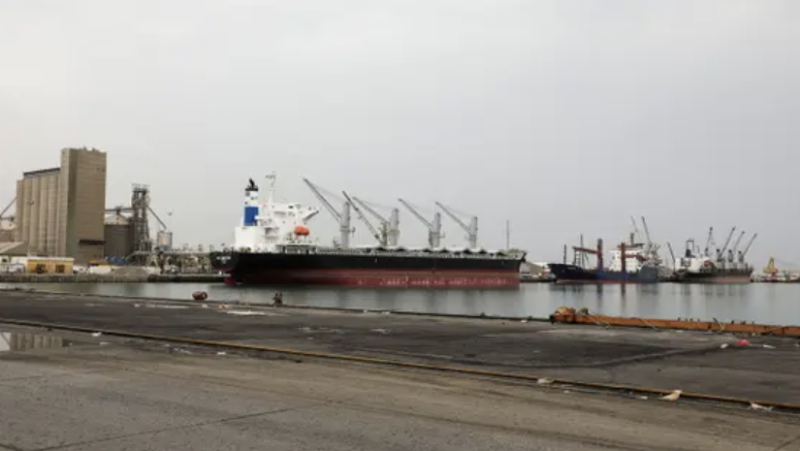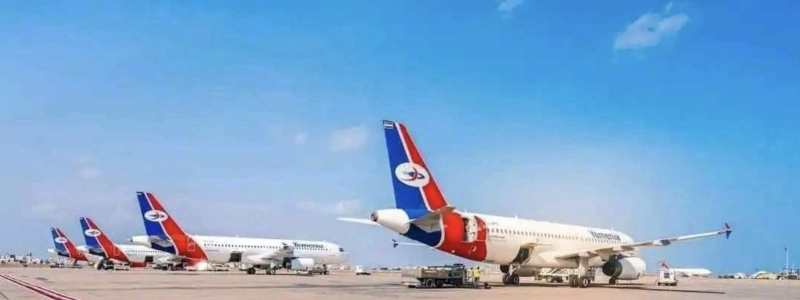Education in Yemen: Utilizing Remote and Non-Traditional Data Collection to Better Understand the Current State of Education in Yemen


Introduction
The conflict in Yemen has placed a great strain on the provision of basic services and the ability of households to access the services that are available. Following September 2014 when Houthi forces captured Sana’a and took control of key government ministries, governance of the entire country was disrupted (e.g., World Bank 2017).
Additionally, the escalation of violence and the partial blockage of ports in March 2015 further led to dramatic welfare losses for nearly the entire population. The impacts of these events include the significant loss of income and the inability of households to purchase an adequate diet, the inability to import fuel and life-saving medicines, increases in the price of food and other basic commodities, and a surge in communicable diseases (e.g., OCHA 2019).
The conflict has also significantly affected the education sector and the ability of children to acquire a basic level of schooling. This report, jointly prepared by the World Bank (Education and the Poverty and Equity teams) and the World Food Programme (WFP), uses novel data collection methods to examine how the education sector has been impacted by the conflict and presents key challenges to education access and service delivery as experienced by households and education officials during the conflict.
To overcome the challenge of collecting data in a conflict zone, the team utilized a series of remote data collection techniques to survey and interview households and key informants on education challenges. This report uses data collected through three main sources. First, the team utilizes a WFP monthly mobile phone survey of households to identify the share of households with school-aged children not attending school, how school attendance responds to numerous conflict-related shocks, and how inability to access school is related to other deprivations (such as food insecurity, health, etc.). Second, the team utilized surveys of local governments to better identify the degree to which a variety of problems affected schools in the district. And lastly, the team utilized a series of key informant interviews with education officials and parents to better understand the key constraints on schools and households and parents.
The results of triangulating between these three sources of information demonstrate a number of key findings. First, one of the many factors impeding access to education for children is a lack of financial resources. Households are less likely to send all their children to school if they also report the primary difficulty they have faced in the last month is a lack of income or if they report they receive their primary source of income from less stable and lower paying jobs. Additionally, poor access to education significantly overlaps with poor access to food and health care. Given the primary determinant of poor access to food in Yemen is lack of income, and is also a factor negatively impacting access to health care (e.g., OCHA 2019), the overlap between poor access to education and poor access to food and health care also suggest that financial constraints are one of the reasons children might not attend school. Importantly, the association between financial distress and poor school attendance is common across the entire country.
Second, education is a multisector issue, and that focusing on schooling alone might not sufficiently increase access to schooling for the children that are at the most risk. There is a large literature demonstrating that poor health and nutrition outcomes cause children to be absent more often due to illness, participate less in class, and to ultimately have lower test scores than their peers (e.g., Miguel and Kremer 2004; Vermeersch and Kremer 2004;
Glewwe and Miguel 2008; etc.). Given the significant overlap between poor school attendance and poor access to food and health care, these results suggest that even if children were able to attend school, these additional deprivations would potentially prevent children from learning adequately. Thus, improving access to health care and improving access to food would likely also promote both better school attendance, and improve the quality of schooling of at-risk children that were already attending school.
And third, although association between poor school attendance and financial distress is common across the country, the specific problems associated with schools that are limiting access to a quality education are not constant across the country and significantly vary by region. These variations are strongly associated with the differences in government and differences in violence across the country. According to members of local governments, the largest problem facing schools in the north of the country is the lack of teacher payment; the lack of adequate school materials is the largest problem facing schools in the south of the country; and in governorates on the front lines with higher levels of violence, lack of security is reported to be the primary constraint. Thus, interventions aimed at schools, as opposed to households, could be sensitive to the different regional needs.
In addition to the key results about the provision of education in the country, this analysis further demonstrates the ability of humanitarian and development partners to directly reach out to regions that are extremely difficult to physically access. The key factor allowing us to perform these types of remote data collection is the willingness, and even enthusiasm in some cases, of service providers and households to talk to us at great length and a great number of times. Only one key informant refused to be interviewed out of the 63 individuals contacted in total, and all those interviewed were willing to be contacted again; and once a household is reached in the WFP mobile phone survey, there is a very high chance that the household will respond again to future interviews. These surveys and interviews demonstrate the importance of further taking advantage of this willingness to communicate, both in designing education interventions and interventions in other sectors.

Paris — The French humanitarian organization Acted announced that it has delivered cash assistance to nearly 89,000 people affected by displa…

Sana’a — Fuel and food imports into ports under the control of Yemen’s Houthi movement on the Red Sea have continued to fall for…

ADEN — Yemen Airways, the country’s national carrier, announced it will resume flights between Aden and Abu Dhabi beginning in January…